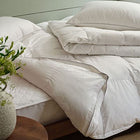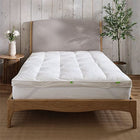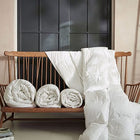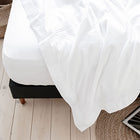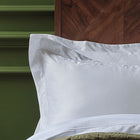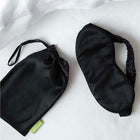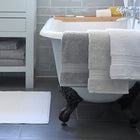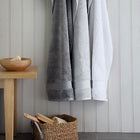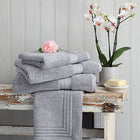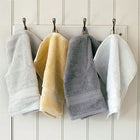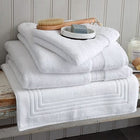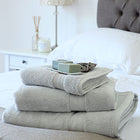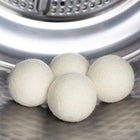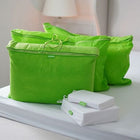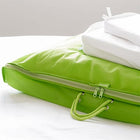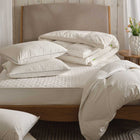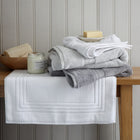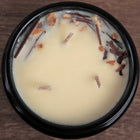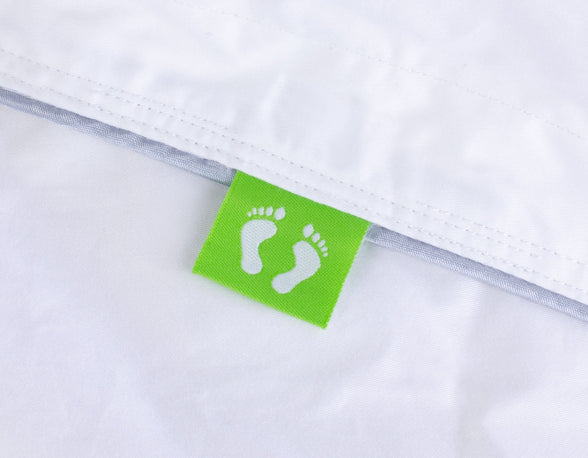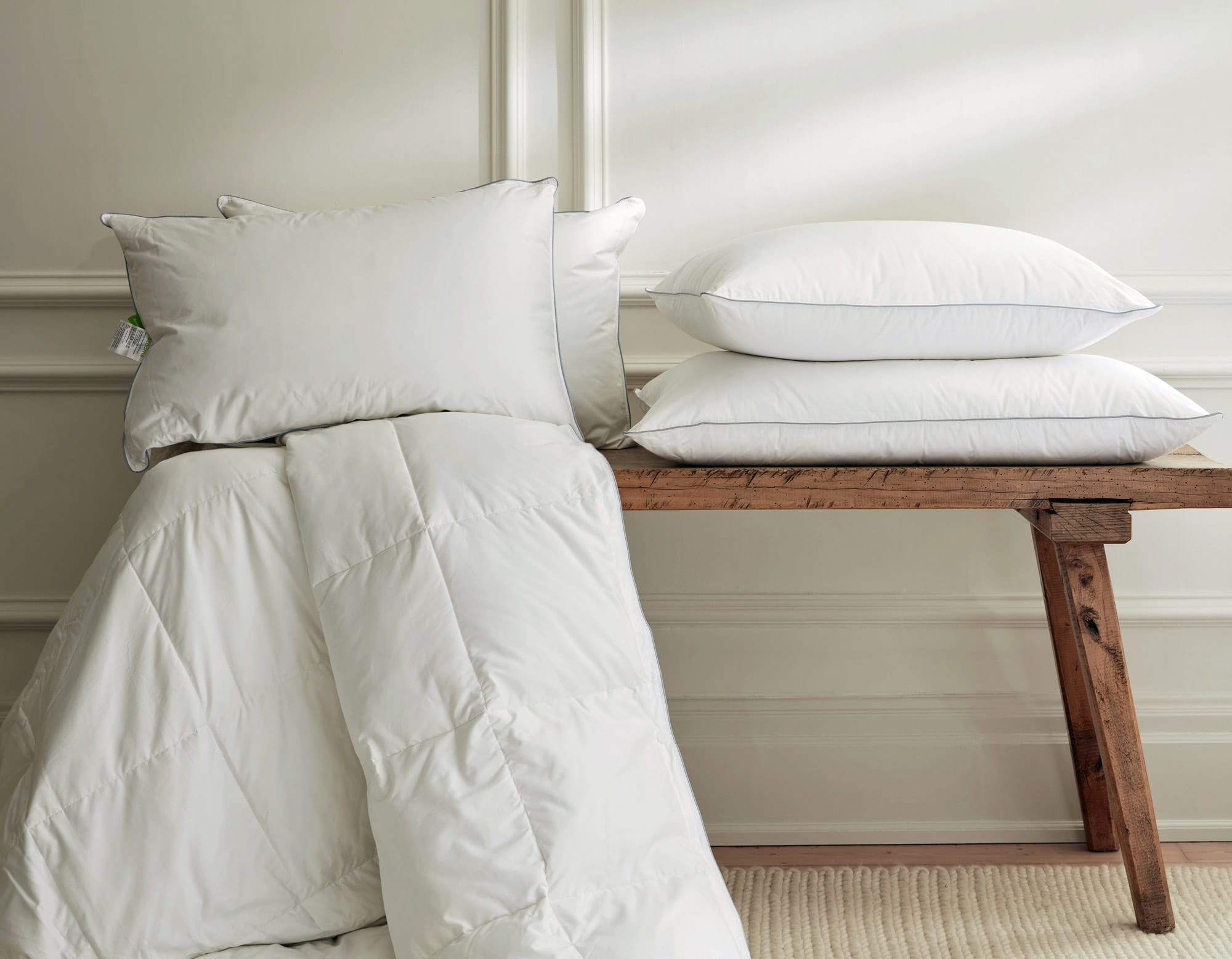
Anti-allergy duvets and pillows - the myth!
So, you can't use feather pillows and Hungarian goose down duvets because you have a dust mite allergy - right? Wrong! We're banishing the anti-allergy bedding myth!
- The myth
- What dust mites like
- What makes bedding anti dust mite?
- Nomite certification
- Looking after your bedding
Are down pillows hypoallergenic?
The myth that feather and down duvets and pillows can cause allergic reactions has led to a boom in anti-allergy synthetic bedding products. But if you test the two types of bedding side by side, natural down and feather bedding versus synthetic, this myth can be quickly put to rest.
I do have a dust mite allergy and so I always used to buy synthetic pillows that were specifically branded as hypoallergenic pillows or anti dust-mite pillows. Then when we researched launching Scooms bedding, I realised it wasn't a particular type of pillow or duvet filling that attracted dust mites but a specific kind of environment.
Scientific research has demonstrated that even if you suffer from house dust mite allergies or asthma, you can enjoy sleeping with natural down and feather bedding.
If however, you are allergic to feathers, then hypoallergenic feather pillows won't be suitable for you and we would recommend either wool, cotton or silk filled pillows as natural alternatives to feather pillows.
What dust mites like
Essentially, what house dust mites love are damp and warm conditions - high humidity. They live off the scales of human and pet skin. Yuck! So, they definitely don't eat down or feathers! Dust mites don't have a particular preference for either synthetic or natural filled duvets and pillows.
Studies have shown that synthetics are less breathable, resulting in damper conditions that allow dust-mites to thrive. Synthetic bedding can also harbour more allergens because the casing weave is often looser, allowing the mites to get in.
According to NOMITE: ‘Long-term studies have found only extremely small concentrations of mites and allergens inside down and feather bedding. Down and feather beds achieve, therefore, extremely positive results when compared with synthetic bedding. They are completely safe from an allergologic point of view. Bedding articles filled with down and feathers neither host house dust mites nor do they provide a source of food for them.’
What makes bedding anti dust mite?
The most important thing is to make sure that your bedding doesn't create an environment that appeals to dust mites. What to check for:
- Tightly woven casing - A specially tight weave with only tiny gaps between the cotton fibres will be too small for the mites to pass through.
- Breathable filling - Specially selected down which is naturally breathable will reduce moisture and damp conditions.
- Humidity control - Down provides excellent temperature regulation, quickly warming up while you sleep and quickly decreasing in humidity when aired.
- Easily washable - The majority of down and feather duvets and pillows are washable.
Nomite certification
The NOMITE mark is an anti-allergen standard that indicates that a product is suitable for house dust mite allergy sufferers. NOMITE® certified down and feather bedding also use down and feather proof fabric ticking, which also acts as a ‘barrier’ to the dust mite.
Read more about NOMITE anti-allergen acceditation.
The Scooms Hungarian goose down and feather pillow, duvet and topper are all NOMITE approved.
Looking after your bedding
How you care for your bedding is also important:
- Reduce moisture - Air your bed every morning by folding back your duvet as this further reduces any moisture.
- Wash following the care label instructions - Clean your down duvet once every 6 to 12 months. Wash your pillows regularly, every 3 to 6 months if necessary.
- Use bed linen that is made of a natural material, like 100% cotton, so that the down can breathe, (which synthetic materials don't allow).
- Pillow protector - We don't recommend using a pillow protector with our down and feather pillows, as often a pillow protector can be too tight or made from a synthetic material, meaning that it will squash the down, prevent it from being breathable and affect the loft of the pillow.
